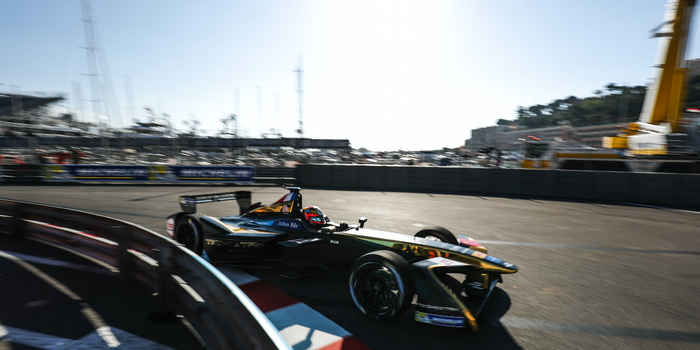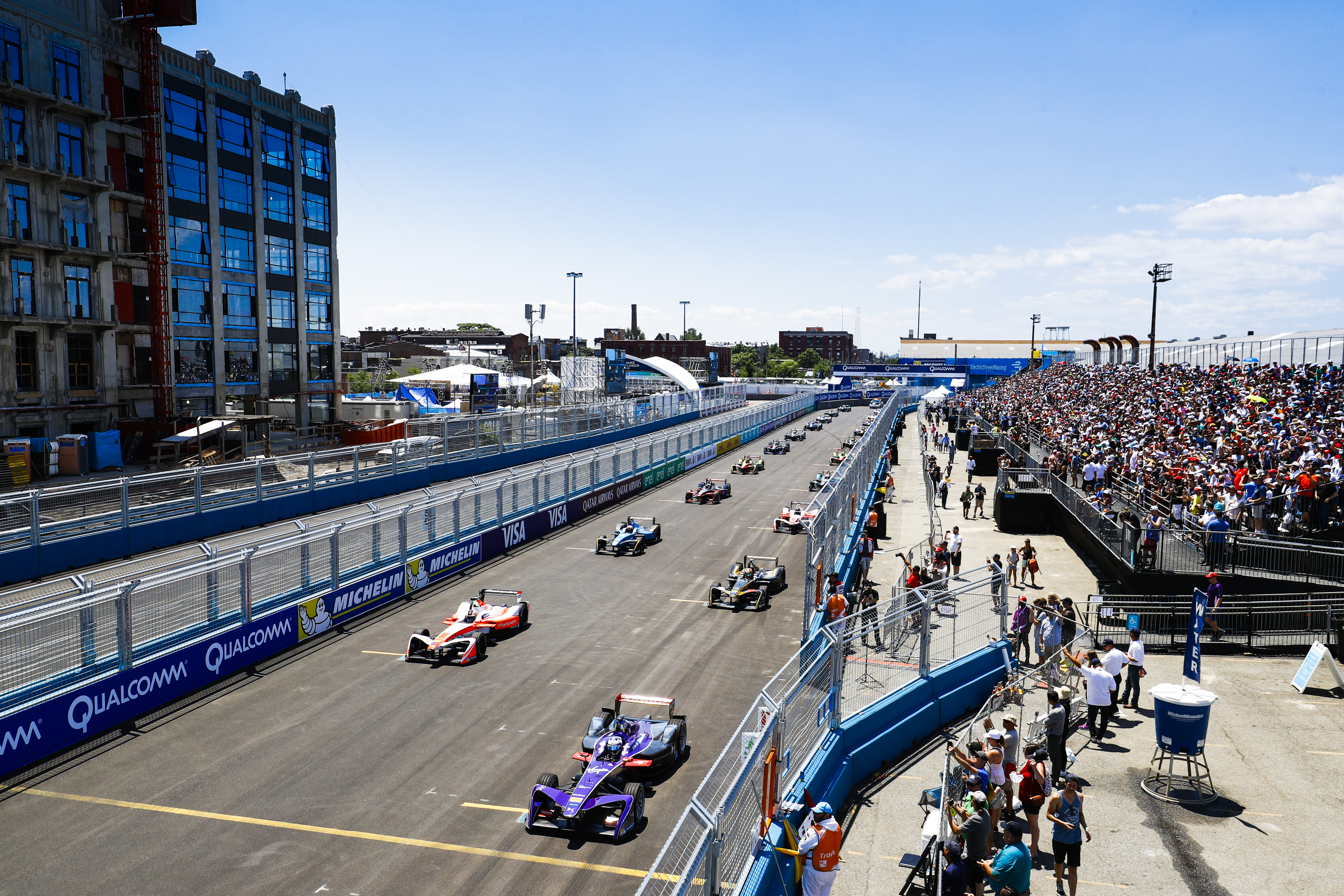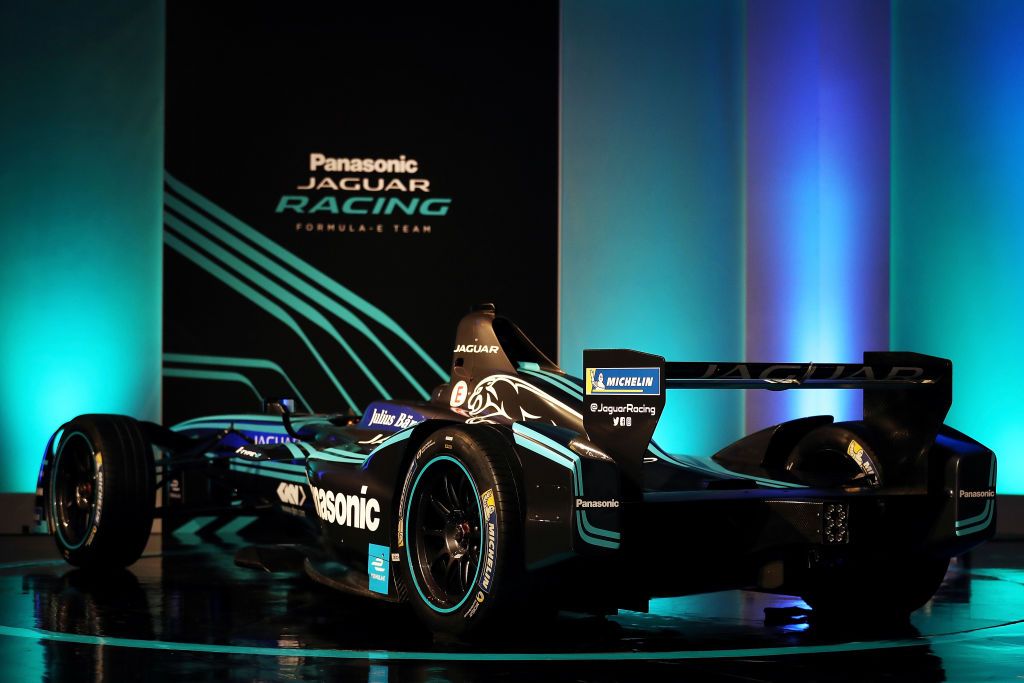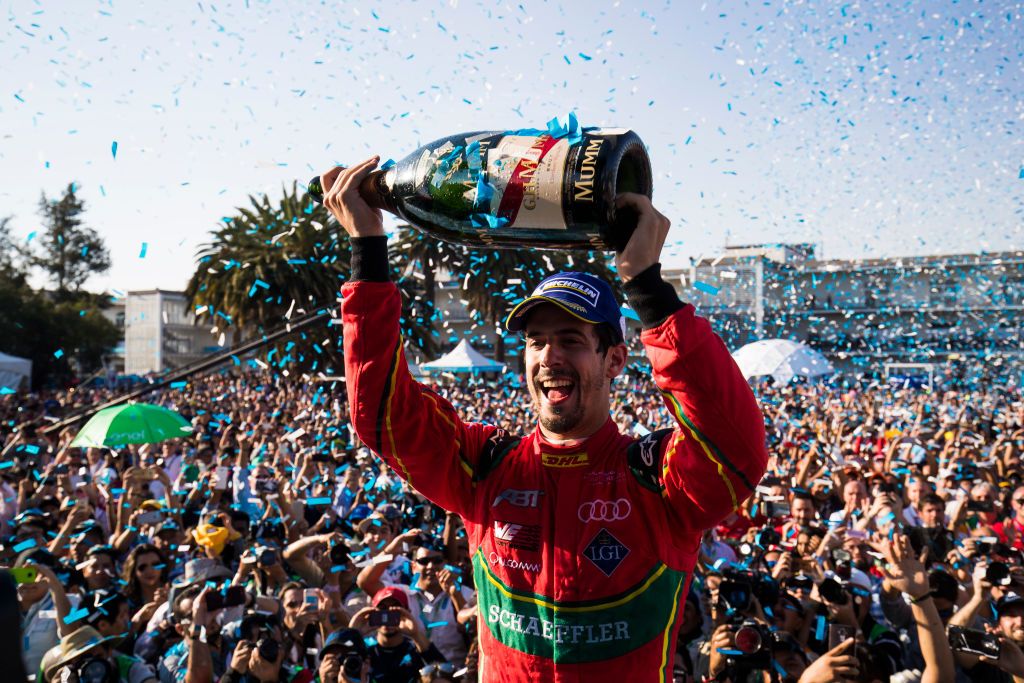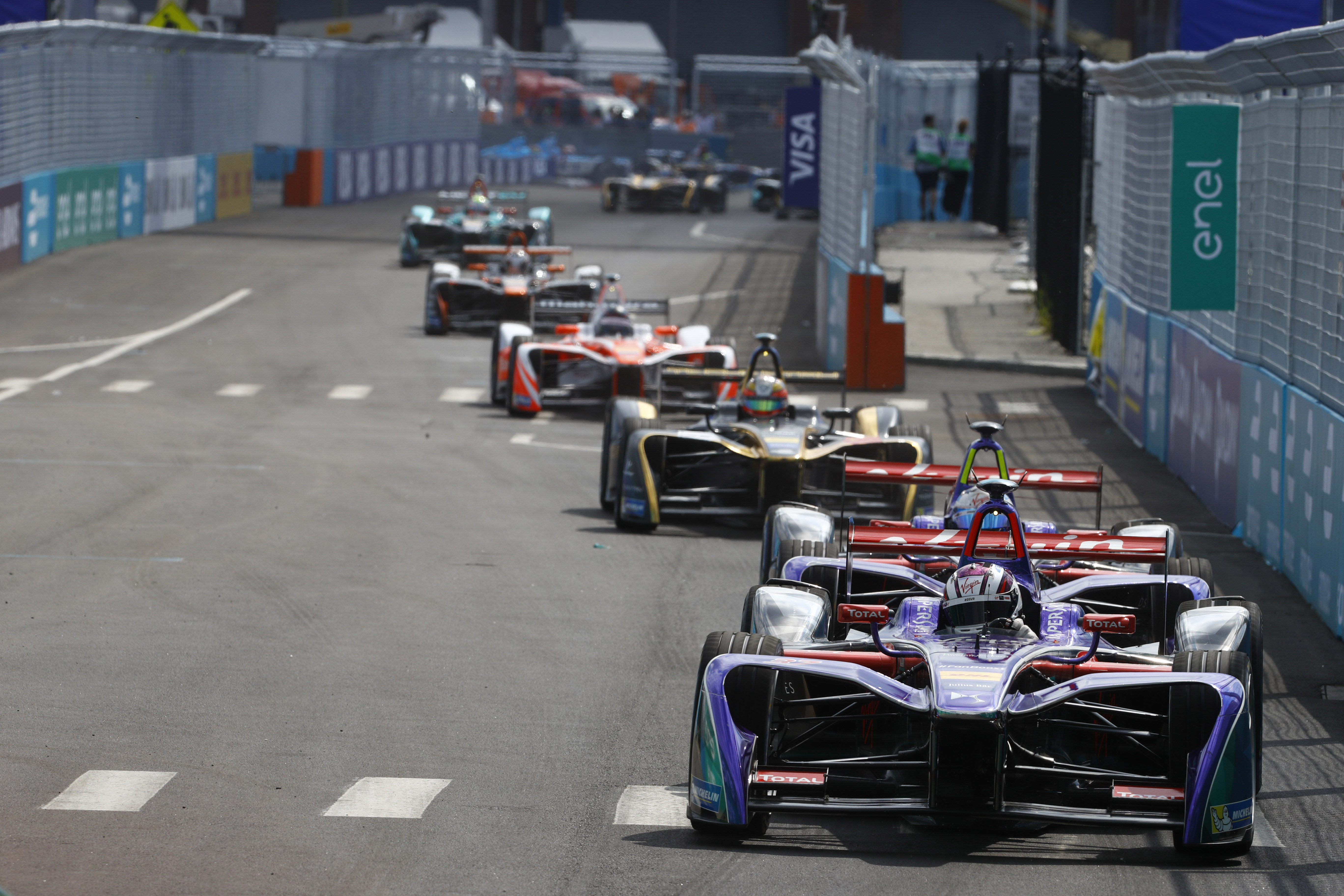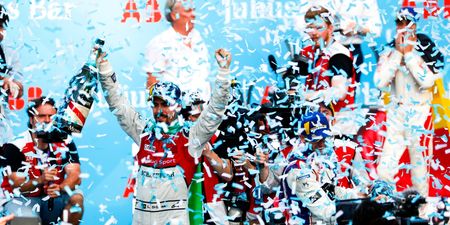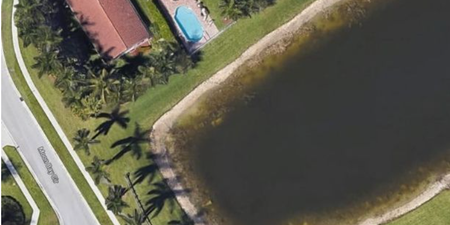In association with Formula E
Just three years ago saw the launch of the inaugural FIA Formula E Championship – the world’s first fully-electric international single-seater street racing series. Its growth in the time since has made it impossible for motorsport fans not to sit up and take notice of it.
This weekend, the streets of Hong Kong play host to the first action of Formula E’s fourth season. With many expecting it to be the most competitive championship yet, here’s a look at what fans can expect over the course of the next eight months.
The Venues
11 of the world’s most exciting cities – situated across five different continents – will host 14 different races over the course of the new season.
The Zurich E-Prix will mark the return of circuit racing to Switzerland after a 60 year absence. The full calendar, which can be viewed below, also shows that Santiago, Sao Paulo and Rome will be hosting Formula E races for the very first time.
- Hong Kong on December 2 and 3
- Marrakesh, Morocco on January 13
- Santiago, Chile on February 3
- Mexico City, Mexico on March 3
- Sao Paulo, Brazil on March 17
- Rome, Italy on April 14
- Paris, France on April 28
- Berlin, Germany on May 19
- Zurich, Switzerland on June 10
- New York, USA on July 14 and 15
- Montreal, Canada on July 28 and 29
With the exception of Marrakesh and Mexico City, all races will take place on temporary street circuits. While the prospect of so much inner-city racing is already enough of a draw for motorsport fans, it also helps to promote Formula E’s environmentally-friendly values. Race weekends see road closures in the areas of each city where tracks will be set up. The lack of traffic and the fact that the cars competing all rely exclusively on electric power means the carbon footprint of each host city is reduced for the duration of each race.
The Teams
20 drivers will compete for 10 different teams in this year’s championship.
2017/18 teams:
- Audi Sport ABT Schaeffler (GER)
- MS + AD Andretti Autosport (USA)
- DS Virgin (GBR)
- Dragon (USA)
- Panasonic Jaguar Racing (GBR)
- Mahindra Racing (IND)
- NIO Formula E Team (CHI)
- Renault e.dams (FRA)
- TECHEETAH (CHI)
- Venturi Formula E (MON)
Already, some of the world’s most recognisable car companies are registered as Formula E manufacturers, including the likes of Audi, Jaguar and Renault. Since the finale of the last season, BMW, Nissan, Mercedes-Benz and Porsche have all announced plans to join as manufacturers within the next two years.
Drivers
Lucas di Grassi, who races for Audi Sport ABT Schaeffler, will be the man to beat. The Brazilian is the reigning champion and already being tipped by many to retain his title.
Sam Bird and Alex Lynn make up an all British line-up for DS Virgin Racing, with Oliver Turvey (NIO) the only other Briton racing in Formula E this season.
As is usually the case in motorsport, a new season means new drivers. Season Four welcomes the likes of seasoned endurance racing drivers Andre Lotterer (TECHEETAH) and Neel Jani (Dragon) to Formula E, as well as Italian former IndyCar driver, Luca Filippi (NIO).
All information on this year’s drivers can be viewed here.
FANBOOST
Having attracted crowds of over 45,000 for its final race in Montreal last season, it’s undeniable that Formula E is proving a hit with motorsport fans. Through FANBOOST, it’s also the only sport in the world where its followers can have a direct impact on the outcome.
FANBOOST allows fans to vote for their favourite driver and reward them a surge of power. The three drivers with the most FANBOOST votes will receive a 30kW burst of power (amounting to 40 horsepower) which they can deploy in a five second window during the second half of the race. Votes can be cast in the six days prior to, and up to six minutes into, each race.
More Power
Season 4 will also see Formula E cars receive an increase in race power from 170kW to 180kW. Not only does this open up the possibility of faster or longer races, it also shows how technology is advancing as the sport develops.
An average Formula E car is known to reach a top speed of 140mph and is able to go from 0-60mph in just three seconds. Incredibly, the speed of the cars has already doubled since its first season.
How to watch
Channel 5 will be providing coverage of the weekend’s action in Hong Kong, with highlights posted to Formula E’s YouTube. More information on this can be found here.
